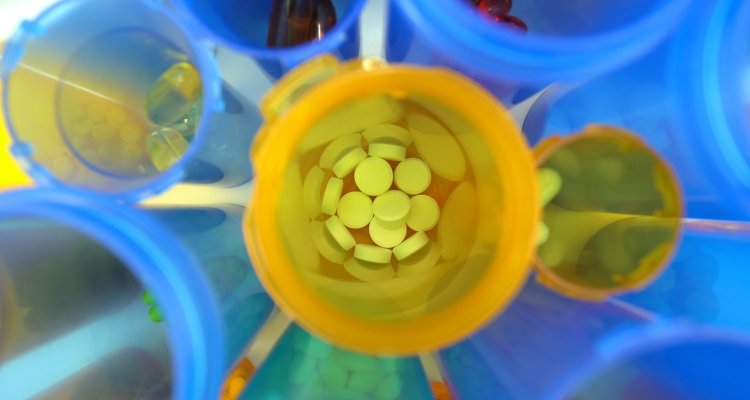
Project
Onsite Monitoring and Removal of Pharmaceuticals, Antibiotics and Antimicrobial Resistance Genes at Source
Antimicrobial resistance (AMR) occurs when microorganisms, e.g., bacteria and fungi, tolerate the effects of antimicrobial pharmaceuticals, such as antibiotics, hence rendering these drugs ineffective. In the European Union/European Economic Area, infections due to antibiotic-resistant bacteria are estimated to be more than 670 000 a year [1]. Moreover, recent research shows that antibiotic resistance is not only driven by the overuse of antibiotics but potentially by other pharmaceuticals such as antidepressants [2].
A deeper dive into AMR detection and removal
There is a growing awareness in the healthcare sector of the urgency to reduce the spread of AMR not only through guidelines and effective measures to limit the use of antibiotics and prevent infections but also through on-site treatment of its wastewater. Efficient interventions to reduce AMR require joint efforts by all the stakeholders that influence the occurrence of pharmaceuticals in the environment.
This project brings together some of these stakeholders—healthcare institutions, waterboards, technology providers, and consultancy firms—to develop decentralized technological solutions by adapting and combining state-of-the-art technologies to monitor and treat wastewater at the source point of emission of pharmaceuticals, antibiotics, and AMR. The goal is to offer compact, robust, and sustainable solutions for the early detection and removal of these compounds to limit their spread to the environment. New insights into theoccurrence of pharmaceuticals and AMR, e.g., typeof compounds, concentration,and variations between locations will also be brought forward. The knowledge generated in the project will be consolidated into a framework with adequate strategies for the decentralized treatment of healthcare institutions’ wastewater.
The big picture
The development of technological solutions, and further application, of decentralized monitoring and treatment of wastewater from hotspots for AMR emergence, is intended to decrease the load of pharmaceuticals and AMR that enter the sewage system, and hence the burden of wastewater treatment plants to effectively remove these compounds.
References
1European Centre for Disease Prevention and Control & World Health Organization. Regional Office for Europe, Antimicrobial resistance surveillance in Europe 2022 – 2020 data. 2022.
2Drew, L. How antidepressants help bacteria resist antibiotics. Nature, 2023.